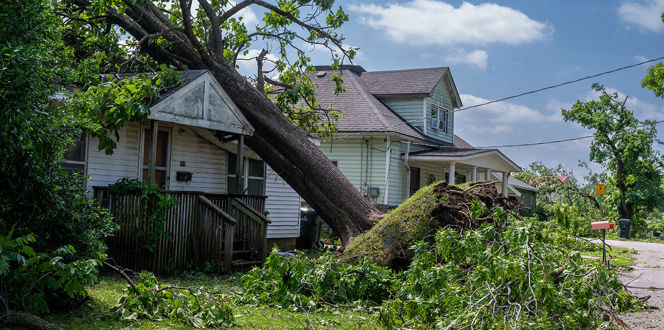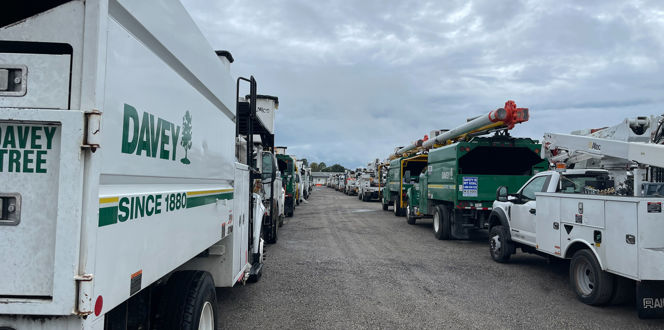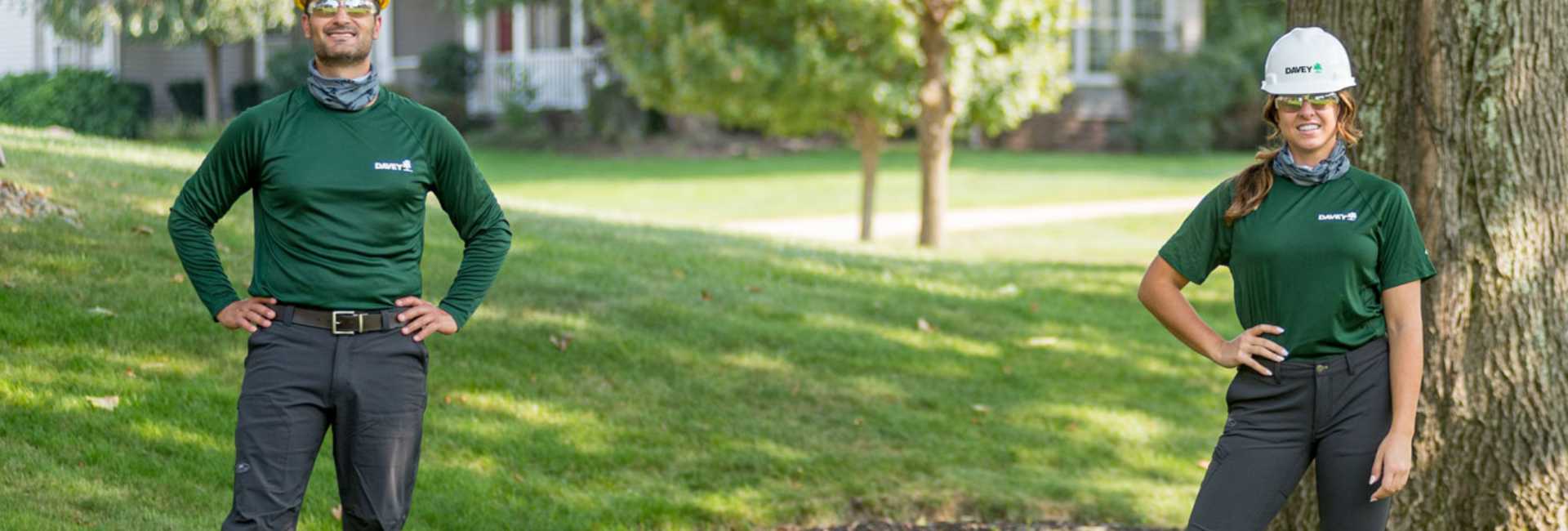Bear Valley Electric Service
LiDAR data processed by DRG helps Bear Valley Electric Service demonstrate minimum clearance regulatory compliance for their distribution grid.
The Challenge
Nestled high in the San Bernardino Mountains outside of Los Angeles California, eight communities depend on the service of Bear Valley Electric Service (BVES) to power their businesses, homes, and ski resorts critical to the economic viability of the area. As part of their Wildfire Mitigation Plan and California Public Utility Commission regulations, Bear Valley sought a partner to perform LiDAR data analysis to demonstrate compliance. While LiDAR is widely used for high voltage transmission rights-of-way (ROWs), implementing LiDAR analysis for distribution systems is a solution fairly unique to Bear Valley.
While a relatively small utility, Bear Valley Electric Service is big on innovation. BVES and Davey Resource Group, Inc. (DRG) previously worked together to perform a complete inventory and mapping of all of BVES’s overhead facilities. So when BVES looked to tackle this innovative challenge, they called DRG to assist in developing a new way to use this technology.
The Solution
DRG performed mobile roadside LiDAR data collection for around 211 miles of distribution line. A factor that was not considered during the early stages of the program was the density of the mobile ground-based LiDAR acquisition. While traditional aerial LiDAR collections typically have a density of 8-30 points per square meter (ppsm), the ground-based systems provide a much higher detail with a density greater than 75 ppsm, and over 100 ppsm in some locations. While that level of density provided a very high resolution of the data (necessary for the proper distinction of the much thinner distribution wires), it also greatly impacted the size of data and analysis required. DRG’s GIS analysis team led by Deb Sheeler and Will Ayersman responded by adding server and storage capability, improving software, and dedicating additional resources to handle the increased workload. Once the additional systems were in place, DRG’s team classified, processed, and analyzed the data performing quality control to correct any misclassifications.
DRG’s GIS/IT team then conducted a 3D spatial analysis to classify vegetation encroachments by clearance and appended the related circuit information. Due to tree health concerns resulting from California’s lingering drought and bark beetle infestations, the team also conducted tree canopy health assessments using data from infrared cameras. After identifying trees with canopy health concerns, DRG’s team analyzed tree height and proximity to power-lines to determine if the tree posed a threat and should be inspected for mitigation.
Once the data was ready to be transferred to Bear Valley, Will and his team organized the data into “missions” delivered in manageable sizes to not overwhelm the client and their line clearance contractors.
Due to the location of BVES’s system, the vegetation has distinct growing seasons—another feature of Bear Valley’s unique environment in Southern California with its near year-round growing season. Conducting separate LiDAR acquisition and analysis projects at the beginning and end of the growing season, BVES can identify and prioritize work at the beginning of the year and prepare for highest risk fire season and rest assured their program and system is compliant and safe at the end of the growing season.
The Results
DRG’s LiDAR assessments help the utility target problem areas and act on any infractions or hazard trees as soon as possible. With this data on hand, Bear Valley ensures its proactive maintenance cycle is keeping its system compliant, and fulfilling its mission of providing safe and reliable power to its community.







